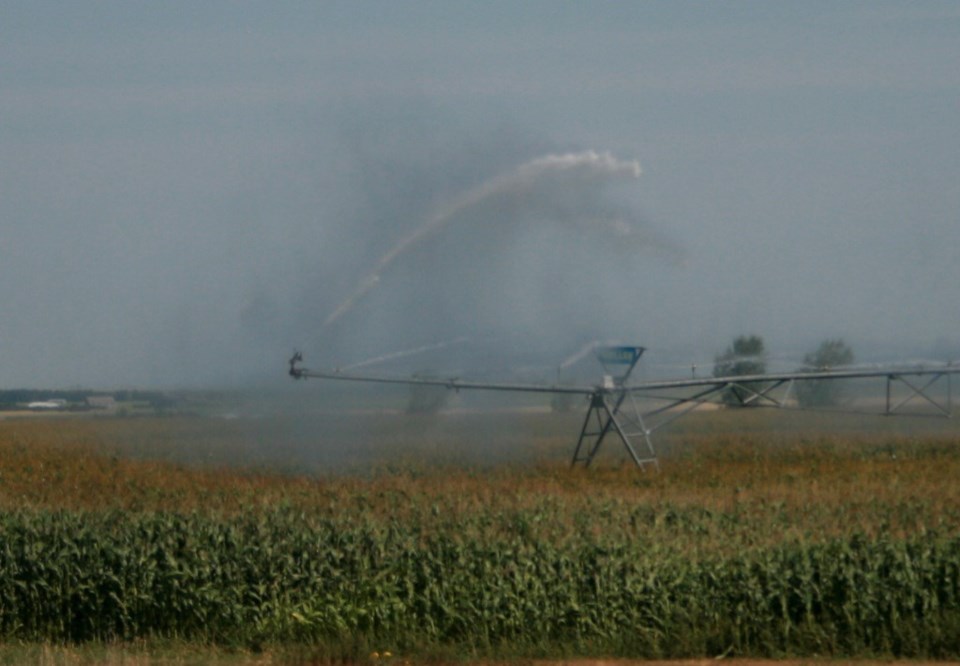Two proposed irrigation projects in Saskatchewan have received a nod of approval from a federal economic development agency
A report by Western Economic Diversification (WED) suggests the federal and provincial governments start collaborating on development of funding vehicles to build the nearly $5 billion projects.
The Canada Infrastructure Bank is put forward as a funding model for the projects with building during an eight to 10 year period.
The Upper Qu’Appelle Canal open water channel from the Qu’Appelle Dam to Buffalo Pound Lake is estimated to cost $1.375 billion with another $756 million to irrigate between 110,000 and 175,000 acres
The west side project in the Conquest area would cost $1.9 billion for infrastructure and $1.5 billion for farmers to adopt irrigation on 330,000 acres.
“We believe that Saskatchewan has an opportunity to harness its agricultural and growth potential for the benefit of all Canadians,” says the report. “Water resources across the Prairies can be safeguarded through enhanced co-ordination and collaboration.”
Climate change will have profound and lasting impacts on availability and usage of water on the Prairies, according to the report. While parts of the Prairies will see warmer summer temperatures and longer growing seasons “it could become more challenging for farmers to access water they need for their crops as more soil moisture deficits and droughts are anticipated.”
The WED’s 16-month feasibility study says the projects will contribute $80 billion to Canadian gross domestic product over 50 years with $20 billion net tax returns for governments.
The building phase will create 22,700 person years of employment a year with $23.5 billion increase in personal incomes over 50 years.
The study estimates the projects will shift crop mix with cereals going from 45 per cent of acres to 30 per cent and oilseeds declining from 35 per cent to 15 per cent.
Pulses will go from 16 per cent to 30 per cent and vegetables will double to 10 per cent.
Forage acres will increase from three per cent to 10 per cent.
Ron Walter can be reached at [email protected]




